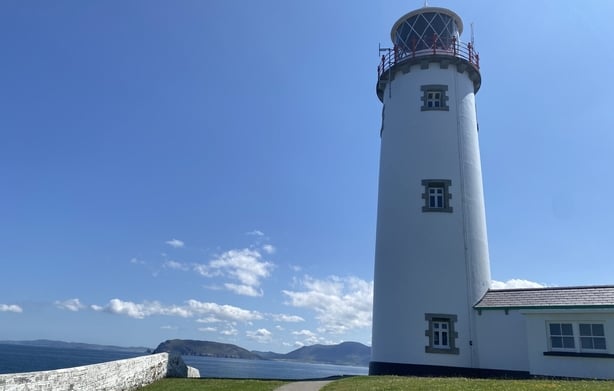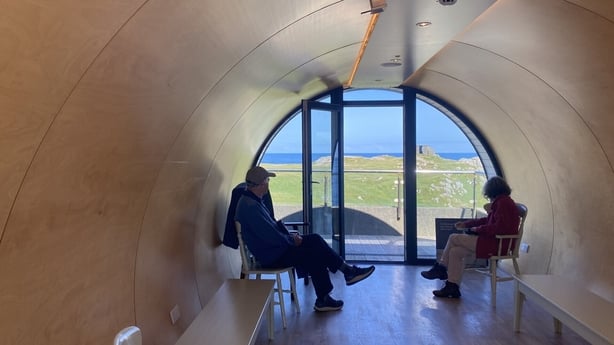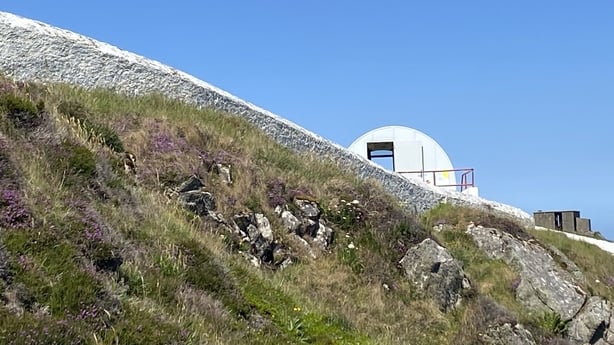There is something about lighthouses that draws you in. Their remote and often beautiful locations, the buildings themselves and of course the lives of the people who lived and worked in them.
In December 1811, the wrecking of the HMS Saldanha and the loss of 250 lives near Fanad Head in north Donegal led to the construction of a lighthouse there which began operating in 1817 and is a working lighthouse to this day.
It was home to many lighthouse keepers and their families up until the 1980s.
Thanks to diligent record-keeping and the fact that over the years people who lived there returned to visit and shared their stories with staff who give guided tours of the lighthouse, a new visitor experience at Teach Solais Fhánada now gives an insight into what it was like to live there.

Called Éist, the immersive audio experience brings the listener back to a bygone age.
Scripted by local writer Deborah Templeton, Éist through words and music, tells stories from the lighthouse logbooks and tales shared by people who once lived there.
Visitors sit in a pod which uses the footprint of an old oil tank.
Lighthouse Manager Eimear Ní Mhathúna said they obviously could not get permission for anything else there, but she wanted the experience to be deliberately low-tech and she believes they have created something extraordinary on their low budget.

It is a calm, meditative space where you get the sense of living on the edge and the remoteness of the lives of those who lived there in days gone by, she said.
People can not only visit the lighthouse, but they can stay there as well and Ms Ní Mhathúna said that like in the accommodation, there is a sense, as you sit in the pod, of going back in time and reliving the experiences that the lighthouse families had.
As you sit in the pod looking out over the sea and the old coastguard station, you listen to memories and music from the ordinary to the extraordinary.

Deborah Templeton said Éist is designed to immerse people in a sense of what it was like to live in a lighthouse.
It is quite nostalgic and lovely, she said, but it is also about danger, extremity, the weather, what it is like to be cosy inside, but also, sadly tragedies.







